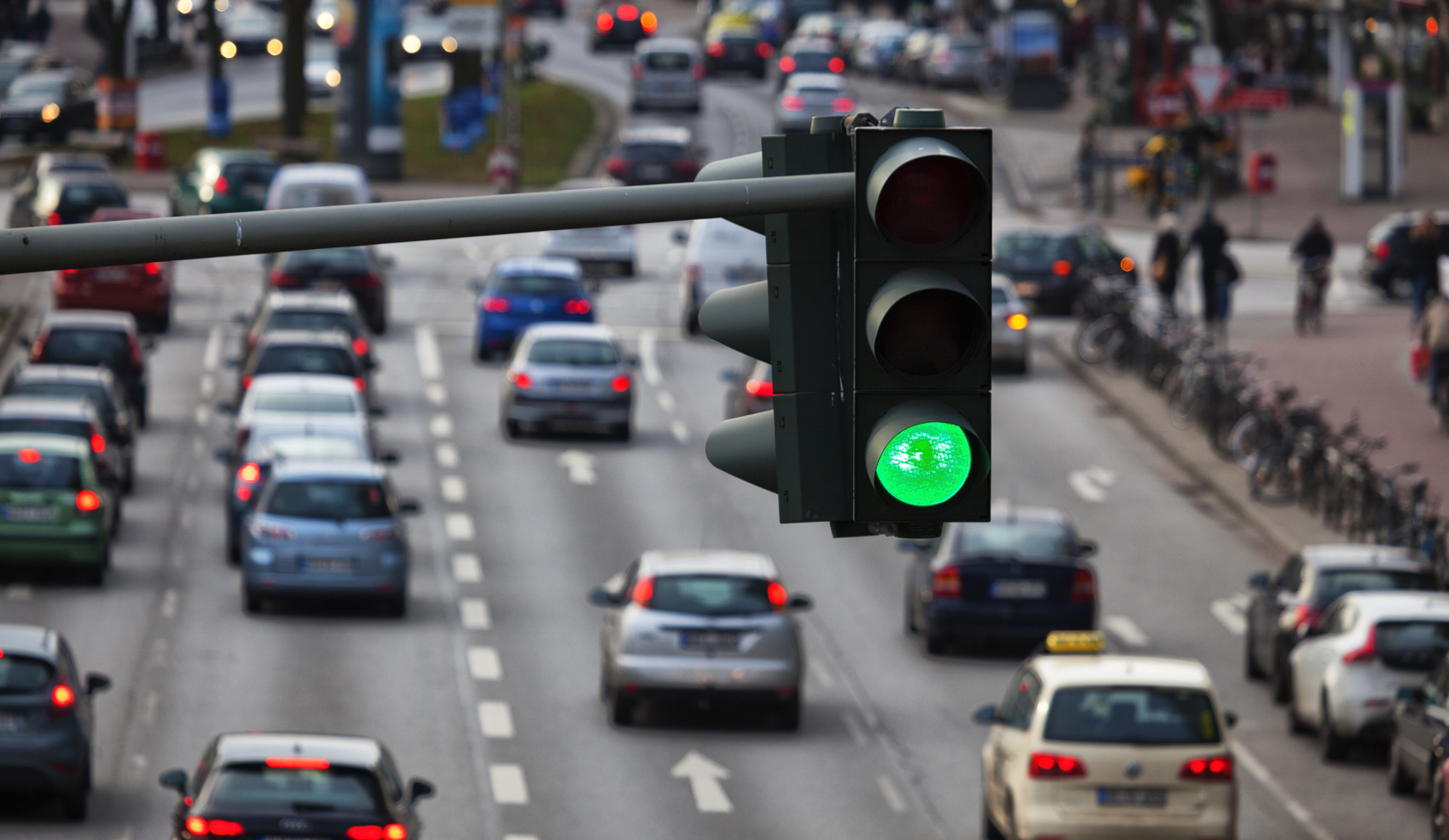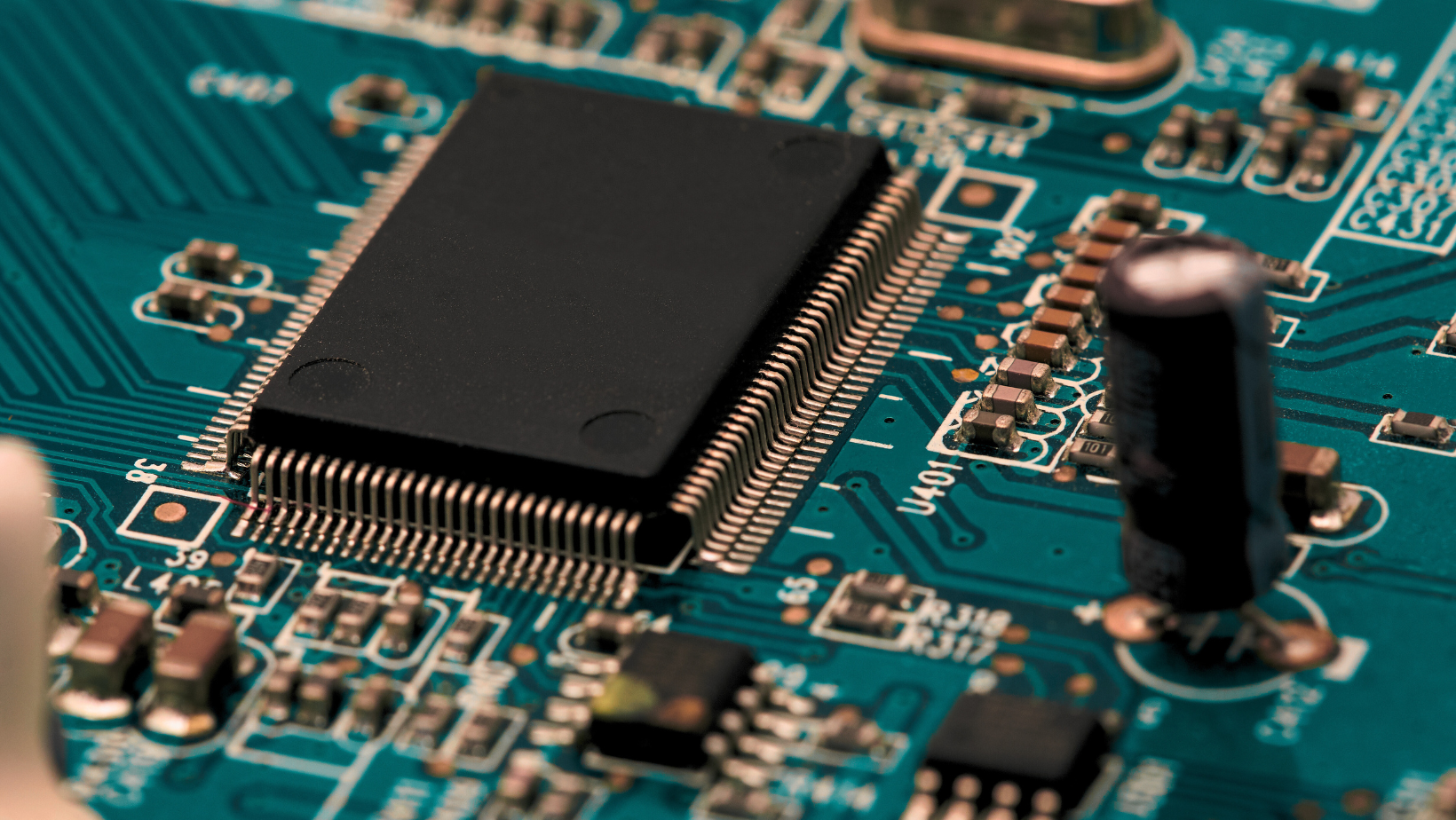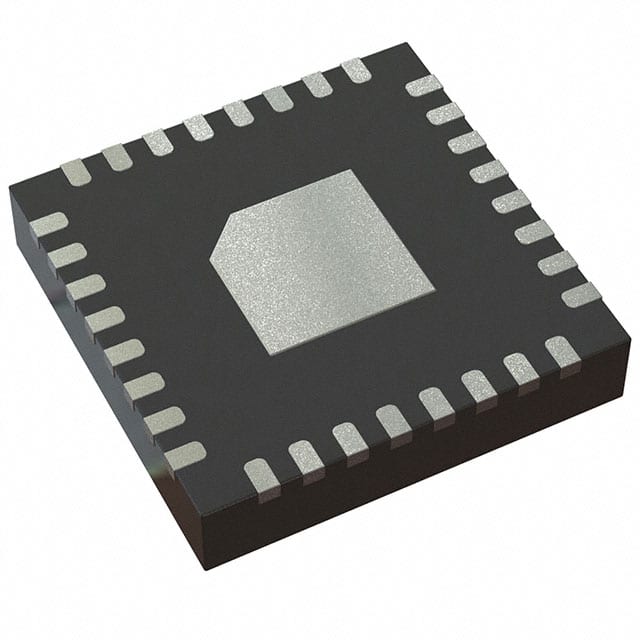In the lighting world, innovation has reached new heights with the groundbreaking development of Light Emitting Diodes (LEDs). These solid-state lighting devices have revolutionized how we illuminate our homes, buildings, and even our streets. LEDs efficiently convert electrical energy into light through electroluminescence, making them a durable and long-lasting choice. LEDs are more energy-efficient than traditional lighting sources, so they have become the preferred option for countless applications.
How do LEDs work?
LEDs are semiconductor devices made of layers of different materials, including an n-type semiconductor layer, a p-type semiconductor layer, and a junction between them. The n-type layer contains excess electrons, while the p-type layer contains an excess of holes, which are places where electrons are missing. When a voltage is applied across the junction between the layers, the electrons from the n-type layer flow into the p-type layer, and the holes from the p-type layer flow into the n-type layer. When the electrons and holes combine at the junction, they release energy as photons, the direct light units.
LEDs light up our world in a spectrum of colors, and the secret lies in the materials they’re made from. Each LED utilizes different materials that determine the energy of the light emitted, known as the bandgap. Red LEDs, for instance, use aluminum-gallium-arsenide with a bandgap of 1.9 eV, while blue LEDs rely on indium-gallium-nitride with a bandgap of 3.4 eV. By understanding the science behind LED materials, we can continue to find new and exciting ways to illuminate our lives.

(Image source: Gettyimages/Pierre Longnus)
Advantages of LEDs
LEDs offer several advantages over traditional lighting sources, including:
Energy efficiency: LEDs are significantly more energy efficient than their incandescent or fluorescent light counterparts. They can convert as much as 90% of their energy into light—incandescent bulbs only convert about 10%. With energy usage significantly less than other lamps and a comparable price point, LEDs are an enormously popular choice for homes and businesses. Additionally, LED systems last much longer, feating on a fraction of the individual parts that an incandescent bulb or fluorescent lamp might incur – typically 60,000 average run hours, six times longer than an incandescent bulb. In addition, LED lights do not contain toxic materials such as mercury compared to compact fluorescents. Thus, LEDs provide impressive return savings in operating costs and negligible environmental memories due to their meager energy consumption and life spans far superior to conventional lighting systems.
Longevity: Light Emitting Diodes (LEDs) have enhanced longevity, vastly outpacing traditional lighting sources. With a lifespan of up to 100,000 hours, LED technology lasts ten times longer than incandescent bulbs and has five more generations than fluorescent lamps. LED lighting translates into less frequent replacements and decreased general repair costs. Moreover, this illuminated innovation also invests in superior and enduring efficiency.
Durability: LEDs are superior to traditional lighting sources because they are constructed with solid-state materials and don’t contain fragile filaments and gases that can easily be broken. This gives LEDs an enhancement in reliability—they’re less vulnerable to any potential damage when put through environments of shock, vibration, and temperature fluctuations. LED components often comprise semiconductor tracks embedded in plastic that act as a safe casing for the delicate parts within it, making it exceptionally resistant to wear and tear. Thanks to their robust design and capability to withstand harsher elements, there is almost no justification for not choosing energy-effective LEDs over incandescent or halogen lighting sources.
Instant-on: LEDs are a convenient and practical choice for many applications, primarily because they turn on instantly. This contrasts with fluorescent lamps, which can take several seconds to reach their full brightness. Given the speed and responsiveness of LED lighting technology, it’s no surprise why many organizations jump at the opportunity to install them. Not only does it contribute significantly to overall function time efficiency, but they require less maintenance than their fluorescent counterparts.
Environmental friendliness: LEDs are advantageous when lighting your space, providing chemical-free illumination. Unlike traditional fluorescent lamps, they operate without the presence of dangerous toxins. Time-sensitive temperatures don’t create additional production of greenhouse gases, allowing the end user not just to minimize the hurt our environment is encountering today but decreasing spending from efficient power consumption that won’t put a demand on global economies. Those opting to select LEDS for their home or business illumination benefit from safety and reliability, highlighted by their capability within cost-effectiveness and reduced exposure to hazardous substances transferring over. Resilience against intense temperatures aid LEDs in being seen as an earth and people’s conscious choice as we face severe global circumstances.
Applications of LEDs
LEDs have a wide range of applications, including:
General lighting: LEDs present a revolutionary light source for many lighting applications. Their energy efficiency and versatility make them an excellent choice for residential and commercial spaces. Alongside indoor and outdoor configurations, LEDs are also ideal for purposes requiring more creative and decorative effects. With their excellent dazzling range of colors, LEDs offer innovative lighting designs with added flexibility and dynamism!
Automotive lighting: LEDs are making their mark on the automotive industry – from headlights to taillights and turn signals, they’re making a big difference. Not only are LEDs more energy-efficient than traditional lighting sources, but they usually last longer too. One of the significant advantages of LEDs is their size – they allow for more design customization than ever before. With broader availability and new design options, LED up fitting for cars is becoming increasingly popular among automotive enthusiasts.
Electronic displays: LEDs play a significant role in enabling us to experience our everyday life in high definition. They are used for electronic displays such as televisions, computer monitors, and smartphone screens and illuminate LCD screens with perfectly uniform lighting. LED imaging produces bright and sharp visuals, catered to you with accurate key colors along with remarkable contrast. This technology is an impressive example of efficient energy solutions that impact media consumption.
Traffic signals: LEDs are becoming increasingly popular for traffic signals— replacing traditional incandescent bulbs. They offer clear advantages, such as greater energy efficiency and longer life. LEDs provide an economical solution, reducing maintenance costs and minimizing traffic disruptions due to faulty equipment. The stability of LED lighting allows it to be used in high-traffic areas such as intersections while still leaving room for reliable safety measures.
Medical lighting: LEDs have wildly succeeded in the medical field, particularly for surgical and examination lighting use. Their bright and focused beams are put in expertly rendered colors to aid medical professionals with accuracy during examinations and operations. Physicians can work with greater precision thanks to the immeasurable benefit LED lighting brings to their diagnostic capabilities. Focused light illuminates high volumes of contrast between colors, ensuring accurate predictions are made.

Streetlight using LEDs. (Image source: Ralf Gosch/ Shutterstock)
Conclusion
LEDs are a cutting-edge revolution in lighting that provides different bonuses to traditional lighting sources. They are incredibly efficient in energy conservation and last far longer than other forms of lighting, adding additional longevity and stamina to their reputation. LEDs also provide an instant feature and are friendly to the environment, offering a robust philanthropic gold standard that companies find attractive.
They have an incredible range of potential applications, such as working with available lighting sources, automotive equipment, digital displays, various traffic signals, and medical equipment initiatives. As LED technology continues to evolve and improve, we can only extrapolate how many more usages we’ll gain access to in a short allotted timeframe, resulting in far-reaching adoption soon after its market readiness.
Learn more at How LEDs Work, BYJU’s, and BIVAR.
Need help sourcing parts? Our IC & Semiconductor Specialists can help you today, on our RFQ page!












